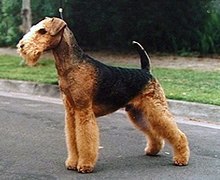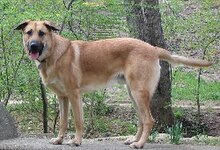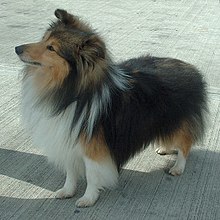
The Shetland Sheepdog, frequently referred to as the “Sheltie,” is a herding breed that originates from the Shetland Islands of Scotland. Renowned for its striking resemblance to the Rough Collie, the Sheltie is characterized by its luscious double coat, often in sable, blue merle, or black with varying white and tan markings, and its alert, intelligent expression. Beyond its herding prowess, this medium-sized dog is celebrated for its sharp intellect, agility, and deep-rooted loyalty, making it a favorite in both canine competitions and households.
The Shetland Sheepdog is a member of the AKC Herding Group.
Breed Characteristics
| Dog Breed | Shetland Sheepdog |
| Breed Popularity (AKC) | 27 |
| Country of Origin | Scotland |
| Personality | Intelligent, energetic, playful, good-natured |
| Life Expectancy | 12-14 yrs |
| Height | 13-16 in |
| Weight | 15-25 lbs |
| Color | Sable, Black |
| Coat | long double coat |
| Shedding | Seasonal |
| Grooming | 2-3 Times a Week Brushing |
| Health Problems | Dental problems, eye issues, skin allergies |
| Trainability | Eager to Please |
| Exercise Needs | Regular Exercise |
Shetland Sheepdog History
Often mistaken for a small Rough Collie, the Shetland Sheepdog originates from the Shetland Islands of Scotland. This breed was developed from the native Shetland herding dog, which was crossed with imported breeds, potentially including the King Charles Spaniel and the Icelandic Sheepdog. They were primarily used for herding and protecting flocks.
Temperament
Shetland Sheepdogs, often called ‘Shelties’, are intelligent and alert. Their herding background makes them highly trainable, often excelling in dog sports. They are affectionate and loyal, often forming strong bonds with their families. Their energy level is high, requiring regular exercise and mental stimulation. Barking tendencies are notable, especially when they are alerting or herding. Socialization helps manage any reactivity. They are generally good with children and other pets. Their protective nature is moderate, making them suitable watchdogs.
Remember, while breed traits provide a general idea, individual dogs can have personalities that differ from the breed standard. Always spend time getting to know the dog and ensure their needs and temperament align with your lifestyle.
Grooming Requirements
Shetland Sheepdogs, or Shelties, have a thick double coat that requires regular brushing to prevent matting. They are known to shed, so using a quality dog shampoo during baths can help manage this. The regular grooming routine, including nail trimming and ear cleaning, is vital for this breed.
Shetland Sheepdog Health
Shetland Sheepdogs, living 12-14 years, are prone to certain hereditary eye issues. They can also face thyroid problems and hip dysplasia. A well-balanced diet, regular health check-ups, and keeping up with vaccinations and flea prevention are vital.
Exercise Needs
Shetland Sheepdogs are intelligent and energetic. Regular walks, agility training, and fetch sessions cater to their active nature. Given their herding instincts, play sessions in open spaces can be both fun and stimulating. Trips to the dog park also allow them to socialize and play with other dogs, benefiting their overall well-being.
Training
Shetland Sheepdogs, intelligent and eager to please, benefit greatly from structured obedience training. Clear commands aid in efficient potty training. Crate training serves as a retreat, especially after their herding routines. Given their alert nature, addressing behavior problems early ensures they remain manageable. Socialization is key to ensure they differentiate between threats and regular interactions.
Shetland Sheepdog Pictures
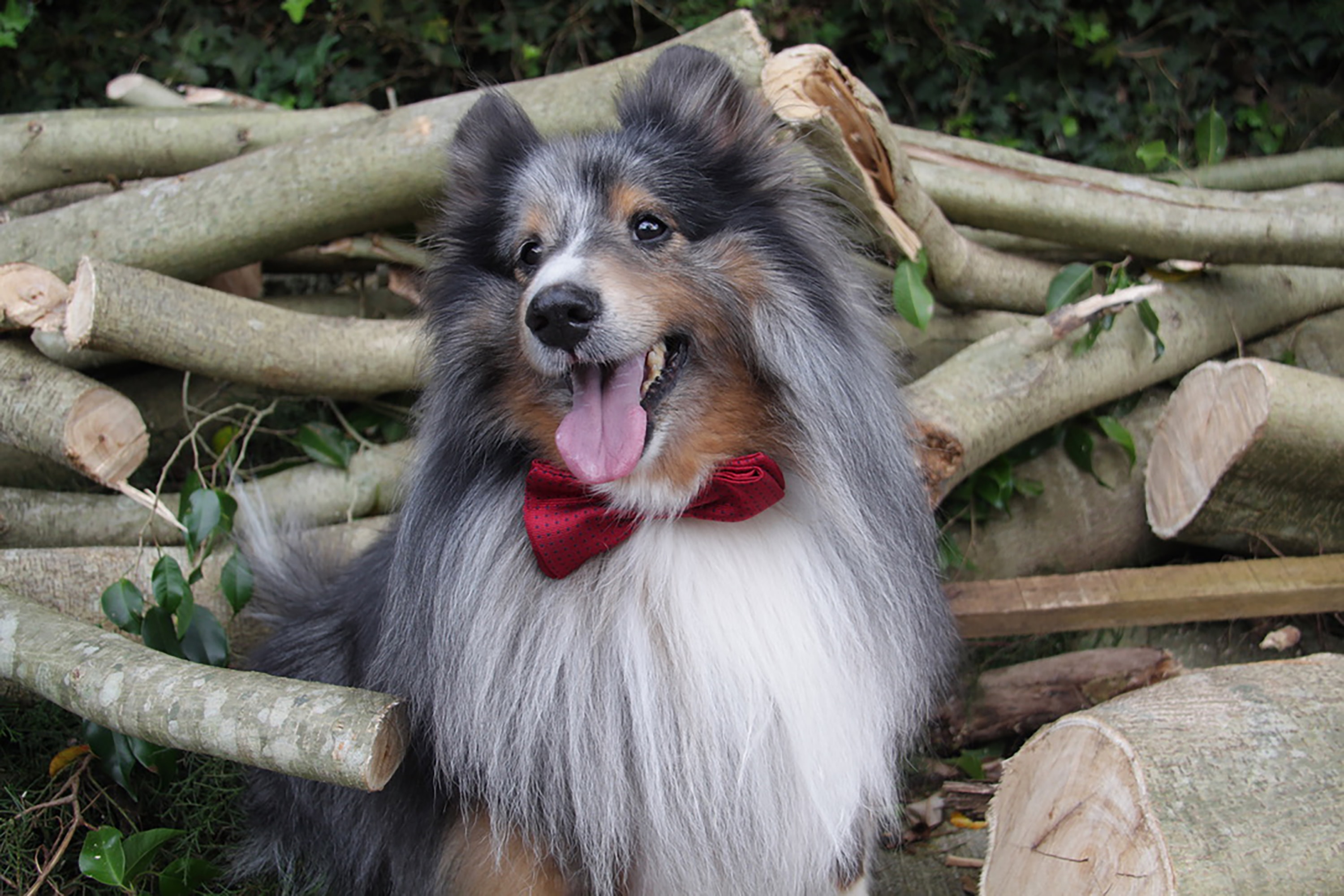
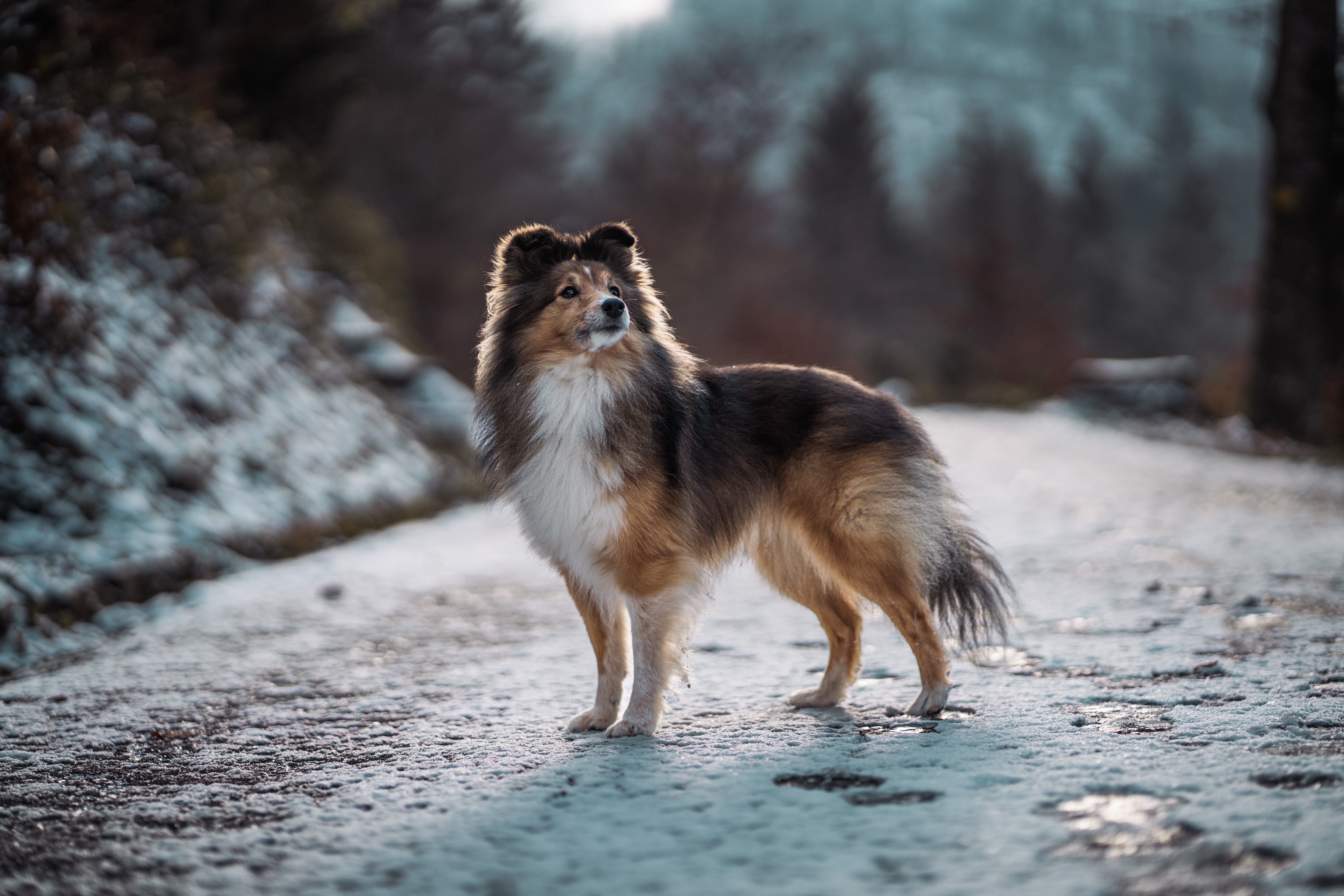
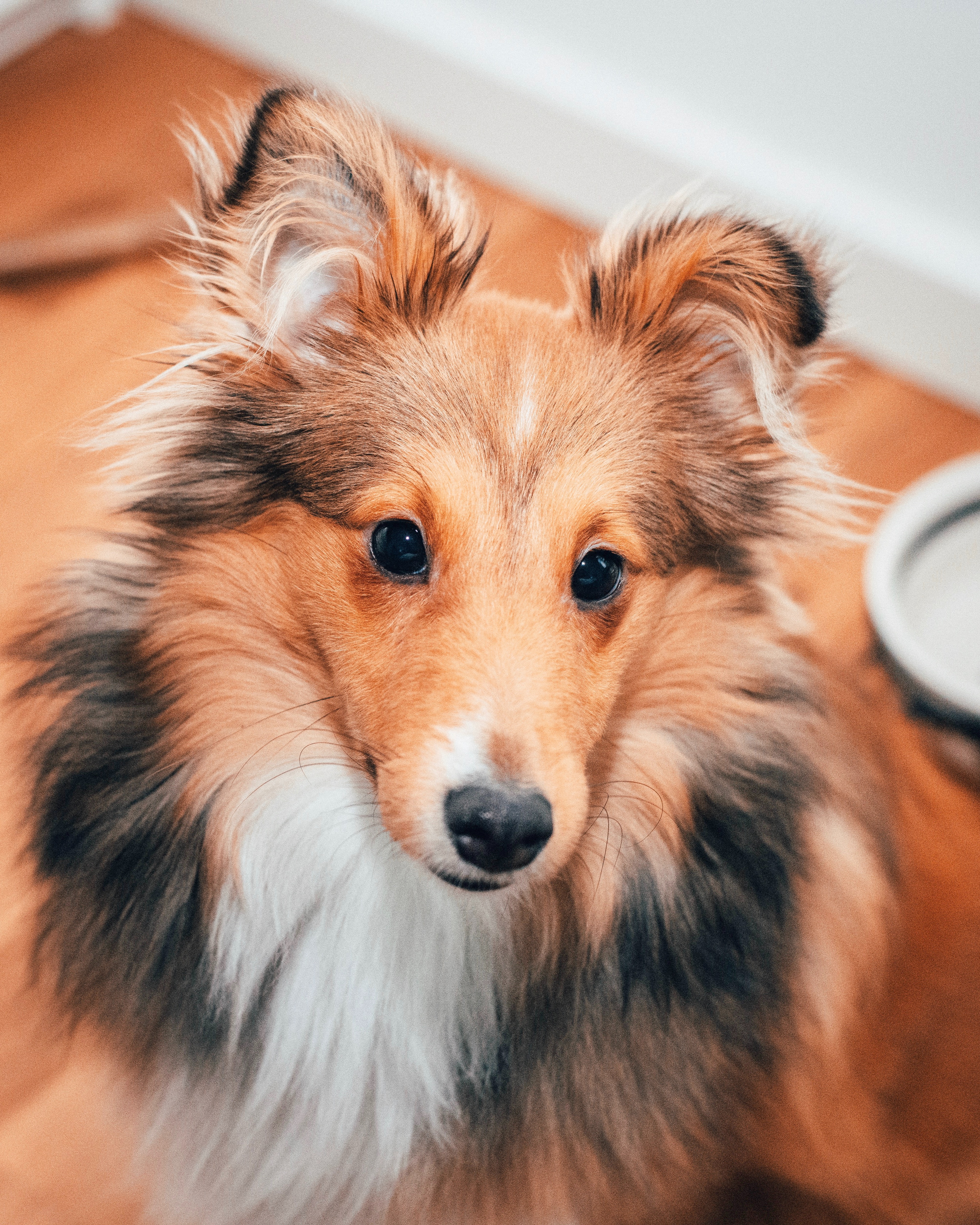
Related Dog Breeds
More Dog Resources
Are you thinking about getting a puppy? Make sure to check out our list of important questions to ask before you adopt a puppy.
We also have many resources to help, from naming your puppy to socialization resources and training tips.
Take me back to the Ultimate Guide to Dog Breeds


